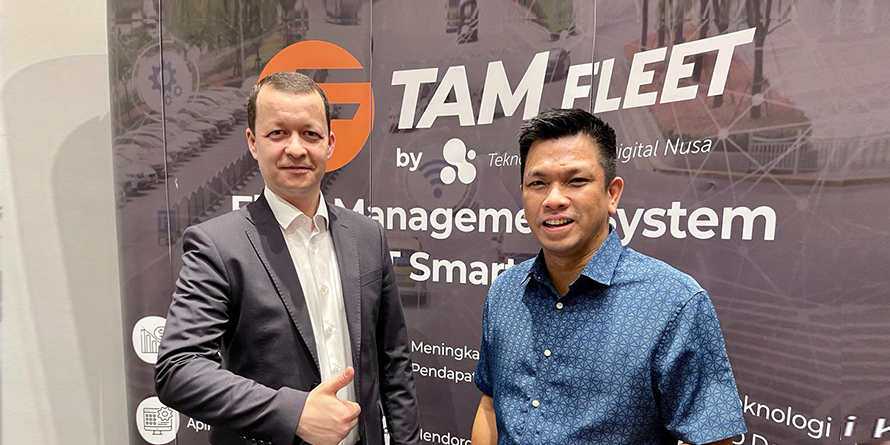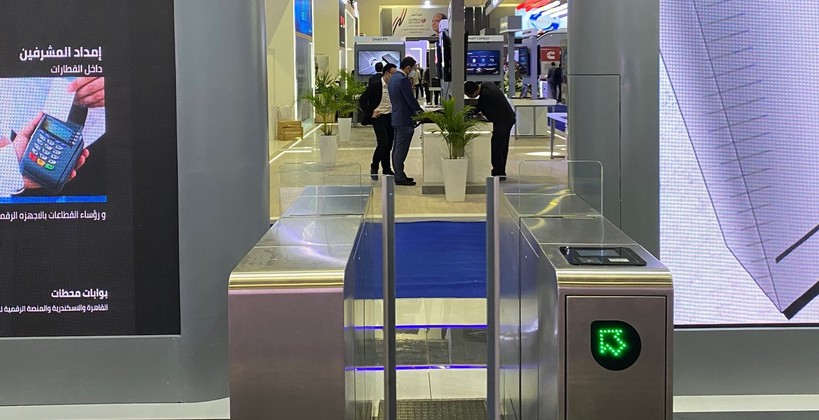Intermodality: One Trip, Many Modes – The Future of Urban Mobility
Fueled by surging urban populations, the need for convenient, accessible and quick commuting over the city has become in focus. Enter intermodality—the seamless integration of different transport modes into a single, fluid journey. Whether you walk to a bus stop, take the metro, and hop on a city bike for the last mile, intermodality turns what used to be multiple disjointed trips into a coordinated, connected experience.
The roots of the term trace back to the logistics industry. Intermodal freight transport was revolutionized by standardized containers—designed to move smoothly from ship to train to truck without unloading cargo. This same philosophy now inspires modern urban mobility: shift people, not just goods, across different modes, without disruption or complexity.
Why ntermodality matters for cities and operators
Urban mobility isn’t just about moving people—it’s about building smart, liveable cities. For city authorities and public/private transport operators, intermodality offers clear strategic advantages:
- Efficiency & ridership growth: Offering a seamless, accessible, end-to-end experience attracts more commuters to public transport, reducing congestion on roads.
- Operational insights: Integrated systems provide real-time data to authorities through all transportation modes connected, helping optimise fares, create additional segments and monitor routes, fleet sizes, and schedules.
- Increased revenue generation: With more options to choose from, the preference would fall onto free seat of train after a bus ride, rather than a private taxi, reducing the number of non-sold tickets for transport operators and hence boosting revenue generation.
- User-centric services: With fewer barriers and more choices, commuters enjoy accessible transportation and become more flexible when traveling from point A to point B.
Regulation that supports the Shift
Regulatory bodies and global frameworks are steadily aligning with the principles of intermodality. From national climate policies to regional ESG frameworks, intermodal systems support multiple policy goals. Reduction of realiance on private cars and promoting mass transit as a convenient way of commuting, helps cities to meet CO2 targets, as well as achieve UN Global Goals set for every city – SDG 11 (Sustainability) and SDG 13 (Climate action). Lastly, authorities long work to push the digital agenda into the cities, improving financial inclusion and enrolling more citizens into the digital payments ecosystem. Intermodality concept helps to achieve that, bringing availability of travel to the previously inaccessible or hard-to-access areas of the urban environment. These supportive frameworks create fertile ground for digital transport ecosystems to grow and scale.
What commuters get in return
For an everyday commuter, intramodality translates into freedom and flexibility. Gone are the days of juggling multiple cards, tickets, or payment apps. One account or one contactless card is enough to travel by metro, bus, tram, or even ferry. The undeniable benefits include:
- Convenience: Streamlined transfers and unified ticketing make journeys smoother.
- Affordability: Dynamic pricing set by operators and multimodal passes often reduce costs, hence increasing the usage of the routes by commuters in the long-term.
- Access: Intermodality opens transport options in underserved areas or off-peak hours.
Ultimately, intermodality is about putting the commuter first—offering the shortest path, not just the fastest vehicle.
Cities doing it right: Real world examples
While large metropolises like Paris and Singapore get attention, many less-publicized cities are quietly achieving remarkable success in intermodality—especially with digital automated fare collection platforms like O-CITY.
Tashkent, Uzbekistan
In 2019, Uzbekistan launched a nationwide transport transformation. Tashkent’s ground transport, metro, and trolleybuses were digitized using O-CITY’s platform. This enabled seamless travel across all modes, supported by QR-code payments, national cards, and contactless solutions. With over 60 million rides monthly and more than 4000+ connected vehicles, it stands as a benchmark for integrated mobility in Central Asia.
Guayaquil and Quito, Ecuador
In two of Latin America’s largest cities, O-CITY helped digitize fare payments for Guayaquil and Metro Quito, enabling transportation prepaid card payments issued by one of the largest issuing and acquiring Ecuadorian banks, the issuance of which is powered by the BPC card management technology. EMV prepaid card is promoted by the authorities as “multi-service citizen” card as it will be used in any merchant. Over 1 million citizens in Quito and likewise in Guayaquil will be able to enjoy the digital journeys, while bank works towards its goal to improve financial inclusion through enrolling underbanked population with familiar payment method.
Belleville, Canada
Small Canadian city transformed its late-night service with on-demand, app-based transit that integrates with existing bus infrastructure. The model allowed for real-time adjustments and dynamic routing—essentially bringing intermodality to a low-density urban area with minimal infrastructure changes.
O-CITY’s role in intermodality
O-CITY enables cities to adopt intermodal mobility with a platform that is open, interoperable, and scalable. Key features include:
- Unified Payment Experience: Supports any open and closed-loop cards, QR, mobile apps, biometrics.
- Centralised fare collection management: All data is stored on secure cloud and can be managed centrally from one operator’s portal. Setting new fares quickly, without any lag, simultaneously on all routes. Subsidies can be dispersed to all commuters or based on the smart-segments created.
- Real-time data & insights: Dashboards help authorities monitor usage, optimize routes, and adapt pricing, as well as built the smart segmentation based on the collected data.
- No proprietary Lock-In: Cities retain full control, integrating existing systems and expanding on their terms.
- Flexible business models: Enables dynamic fare structures—daily caps, distance-based pricing, or multimodal passes.
By removing technological and operational barriers, O-CITY equips cities with the digital infrastructure needed to turn the concept of "One Trip, Many Modes" into a reality.
Designing the City of Tomorrow
Intermodality is more than a transportation solution—it’s a vision for what cities can become when movement is made smarter, greener, and more human. Like shipping containers reshaped global logistics, digital intermodal transport systems have the power to reshape how we live and move.
O-CITY stands ready to power this change—not just with technology, but with a commitment to helping cities grow sustainably and serve every citizen, every trip, across every mode.


